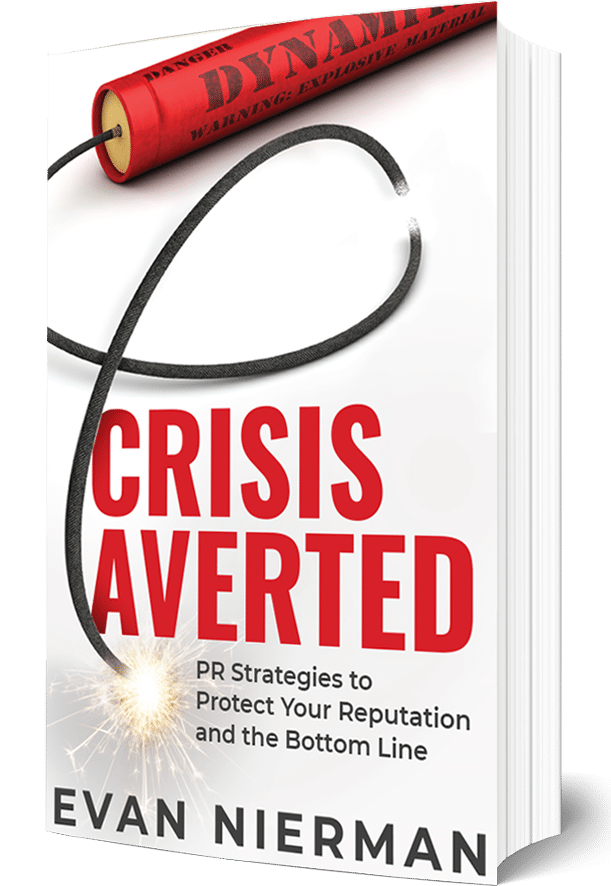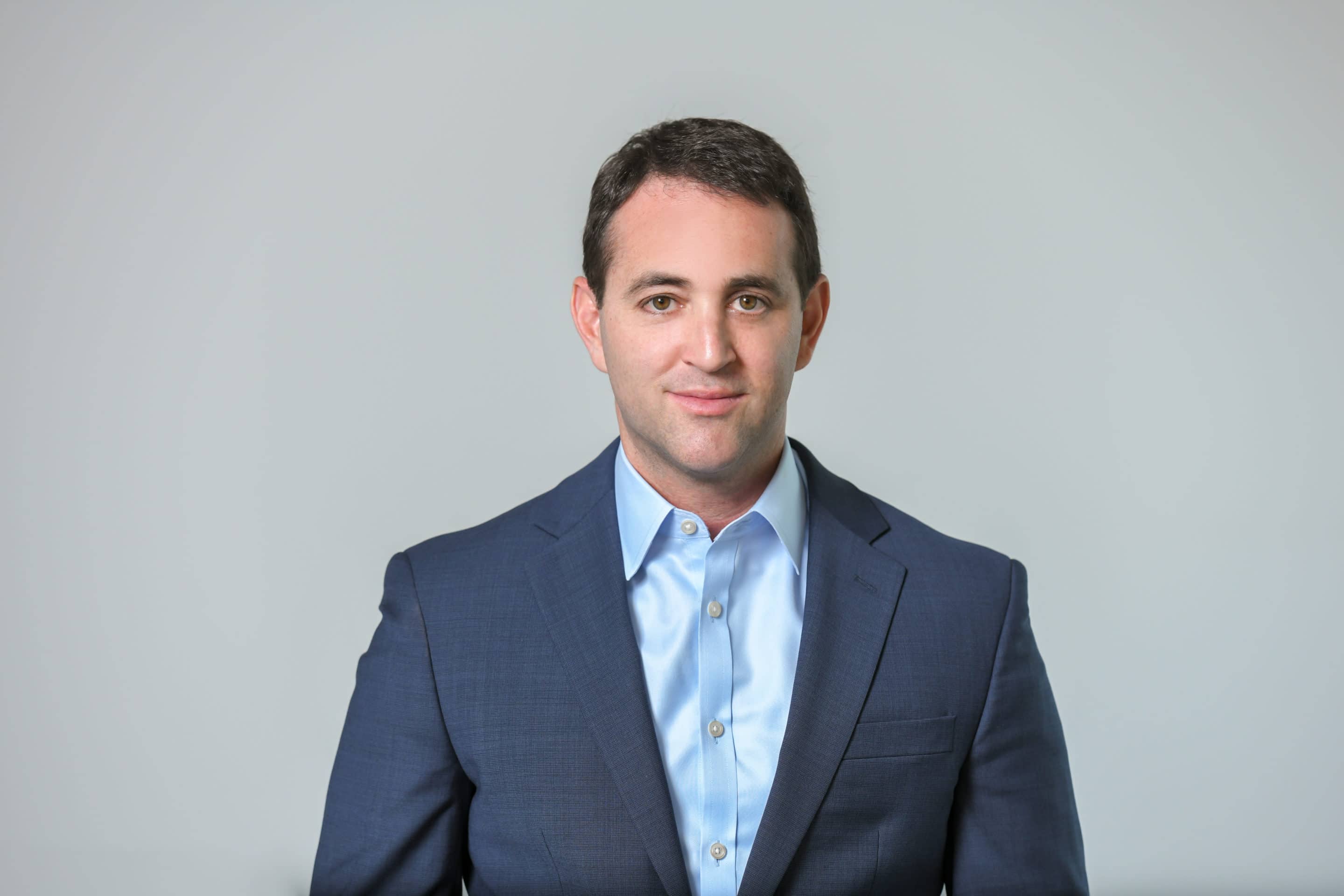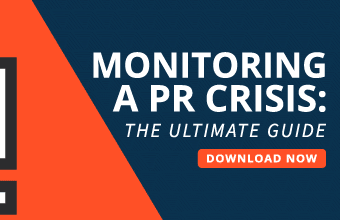The following is excerpted from CRISIS AVERTED: PR Strategies to Protect Your Reputation and the Bottom Line.
 Bad decision-making often finds its way into the C-suite. You would think that elected officials or corporate executives would have reached their positions of prominence based on their sound judgment and strength of character, but this is not always the case. In fact, when faced with a crisis situation, they very often show their true colors.
Bad decision-making often finds its way into the C-suite. You would think that elected officials or corporate executives would have reached their positions of prominence based on their sound judgment and strength of character, but this is not always the case. In fact, when faced with a crisis situation, they very often show their true colors.
As crises go, Deepwater Horizon will forever be known as an all-time example. It’s little wonder that a blockbuster movie was made of it. But the event itself was all too real. On a massive British Petroleum (BP) oil rig called Deepwater Horizon located approximately forty-one miles off the coast of Louisiana, a surge of natural gas blasted through the structure’s concrete core and ignited the platform, killing eleven workers and injuring seventeen.
Compounding the tragedy, the rupture caused torrents of oil to discharge into the Gulf of Mexico, ultimately totaling more than 3.1 million barrels and coating 1,300 miles of coastline in sticky black goo. As millions watched across the world on a live feed from an underwater camera, the oil flowed unimpeded, and it seemed there was nothing anyone could do to stop it. Finally, nearly three months later, a process that pumped cement through an underwater channel permanently sealed the leak and brought the saga to a close.
We all know that accidents happen, sometimes even on a huge scale such as an unchecked oil spill. If there was ever a time for the BP organization to be sincere and apologetic, this was it. An immediate and heartfelt response could at best strike a sympathetic chord with the public. They would never forget, but at least they could empathize with their plight.
But that’s not how the CEO of British Petroleum, Tony Hayward, chose to handle it. One month after his employees lay dead on the platform, and as TVs across the world showed toxic chemicals poisoning the Gulf of Mexico and its wildlife, Hayward was being interviewed on the golf course. And when asked about his company’s role in the incident, he did indeed apologize for the “massive disruption.”
But then, in the same breath, he added, “Look, there’s no one who wants this to be over more than I do. I’d just really like my life back.”
Talk about bad optics. As the public face of the oil giant, he would have been hard pressed to come up with a more callous response. In fact, Hayward was then forced to apologize for his apology. It was not exactly how you demonstrate empathy and authenticity. Weeks later, he was quietly ushered out of the job by BP.
The art of the apology
Hayward’s apology was a disaster in itself. As with anything else, there are both right and wrong ways to accomplish this task. It is a topic that begs examination because at some point in our lives, we all have to do it—or at least we should. For many of us who have been married for decades, the ability to deliver a proper apology is likely something that we have perfected and benefited from immensely. The only difference is how big your intended audience will be. In some ways, a one-on-one apology can be much more difficult than one broadcast to the world. A person who knows you all too well can tell how sincere you are.
In truth, there has probably never been a better time to apologize than the present day; and less of an excuse if you botch it. That’s because we have technologies and tools at our disposal that were unthinkable in years past, such as the smartphone, which allows anyone to quickly and easily record an apology and broadcast it. It allows you to tailor your message exactly the way you want and then put it out there for the world.
A decade ago, a person living in the public eye or a senior executive who needed to apologize would likely have done so in written format or assembled a press conference. Logistics and outreach were required. Now, it is literally as simple as pointing, shooting, and uploading; there’s nothing to it.
The other reason why a video apology, even if just recorded on a cell phone, can be so effective is that it is primarily visual. By contrast, an apology shared online in the form of a social media post, official statement, or press release does not give people a chance to see you. With a video apology, you can convey the same carefully crafted words, while also using the setting, your body language, and facial expressions and turning these visual cues to your advantage. Done right, a mea culpa on video can be that much more compelling and believable than mere words on a screen or piece of paper.









